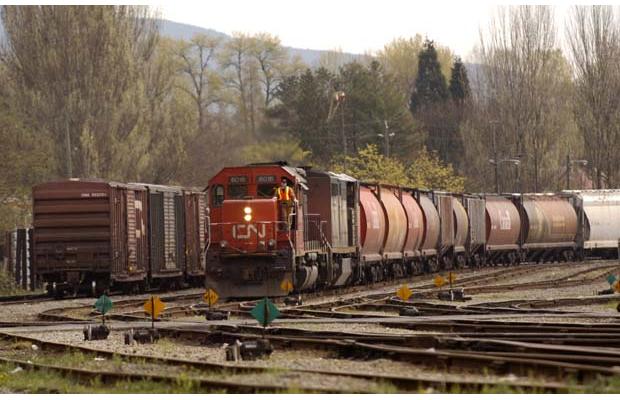CN Rail is being sued by a central Interior First Nation group who blames the railway for flooding its land.

The Wet’suwet’en First Nation says in its suit filed this week in B.C. Supreme Court that the railway’s line bisects the Palling reserve, diverting the natural flow of a stream.
The suit claims the elevated railway bed has culverts constructed and maintained by CN that allow the stream to flow into Decker Lake, but the culverts are inadequate during peak flow during spring runoffs.
The band claims the inadequate culverts prompted a flood in the eastern portion of the reserve in May 2011, causing damage to the band office and another structure, and diminishing the value of the reserve lands affected.
The band says that it has asked CN to take measures to prevent further flooding, but that the railway “does not intend to do so before the next spring runoff or at all.”
The band says it is considering moving its office and four houses to higher ground to prevent further damage, but that will cause further effort and expense.
The Wet’suwet’en First Nation, which has 11 reserves in the central Interior of B.C., claims CN is negligent.
None of the allegations have been proven in court and CN has not yet filed a statement of defence in response to the civil lawsuit.
The Palling Reserve No. 1 is located outside Burns Lake and was previously known as the Broman Lake Band.
There are 21 houses on the reserve, including 17 on higher ground on the other side of Highway 16, the lawsuit says.



Comments